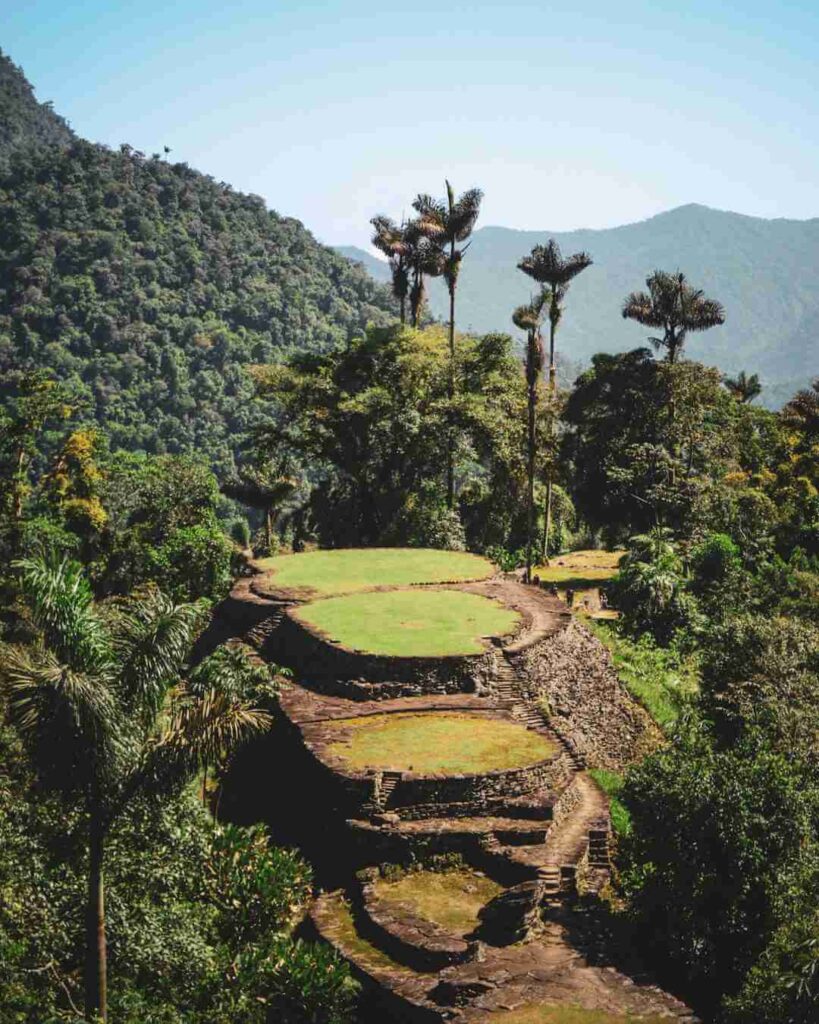The Lost City, nestled in Colombia’s Sierra Nevada de Santa Marta, unveils the ancient Tayrona civilization’s remarkable legacy. Built around the 8th century AD and abandoned due to Spanish invasion in the 16th century, this archaeological gem remained hidden until its accidental discovery by guaqueros in 1975.
Restoration Efforts by Colombia: Restoration and Rediscovery of Lost City
Following its discovery, archaeologists began restoring the Lost City in 1976, revealing a network of terraces, platforms, canals, roads, and stairs. This site, showcasing Tayrona engineering mastery, stands as a testament to Colombia’s rich archaeological heritage.
Magnitude of the Tayrona Civilization: Magnitude of Teyuna: Tayrona Engineering Marvel
Spanning 12,000 square meters at an elevation of 1,300 meters above sea level, the Lost City served as a pivotal political, economic, and religious hub for the Tayrona civilization. Originally known as Teyuna, its mystery and grandeur continue to captivate visitors worldwide.
Conflict and Abandonment: Legacy of Conflict: Tayrona Civilization’s Decline
The arrival of Spanish conquistadors in the late 15th century marked a turbulent period for the Tayrona. Encounters escalated into conflicts, leading to the decline of their civilization by the 17th century. Despite this, remnants of their cultural legacy endure among modern indigenous groups like the Kogui, Wiwa, and Arhuacos.
Preserving Tayrona Legacy: Colombia’s Rich Cultural Tapestry
The Tayrona civilization, renowned for its advanced culture and architectural achievements, left an indelible mark on Colombia’s history. From intricate goldsmithing to sustainable agriculture, their legacy lives on in the Lost City and beyond, shaping the cultural identity of modern Colombia.
